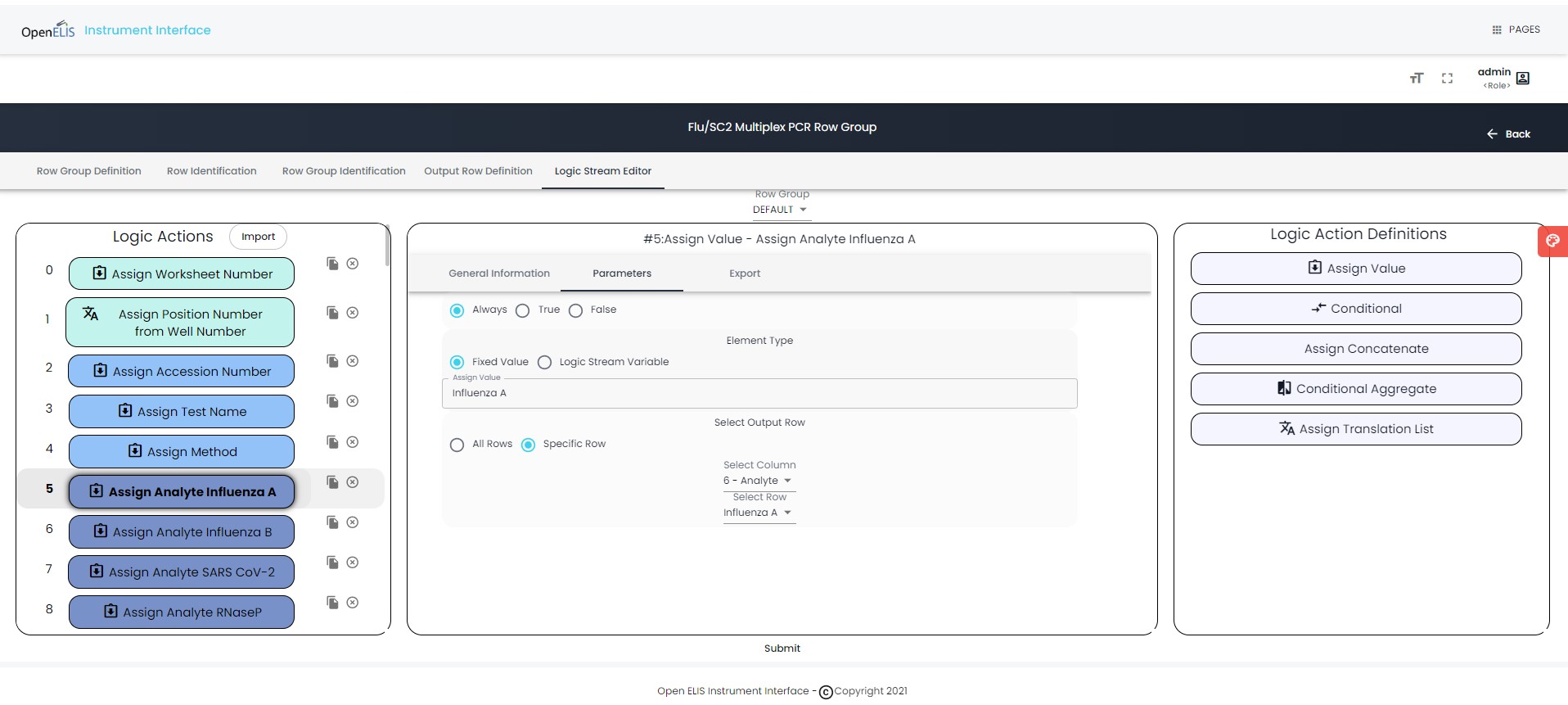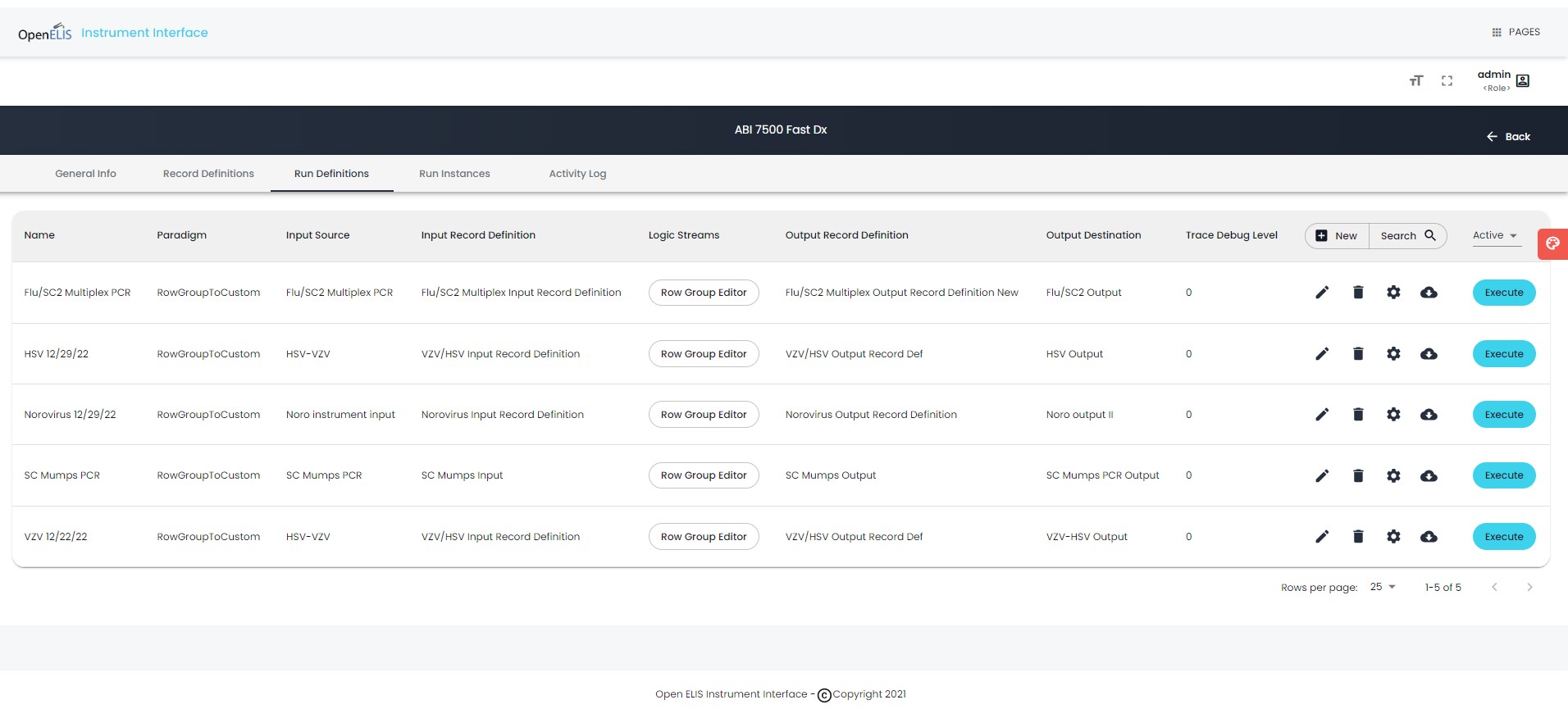Over the past few years, the OpenELIS Foundation has been hard at work developing a new Instrument Interface software designed to transform how lab data is processed and reported. This application bridges the gap between lab instruments and the OpenELIS system. It means enhancing efficiency, accuracy, and ease of use for public health laboratories.
How It Works
The Instrument Interface software functions as a standalone application that accepts data files from lab instruments, reads and translates the data, and feeds the results back into OpenELIS. This seamless integration brings several key benefits to public health:
- Greater Efficiency: Automating the data transfer and Interpretation process reduces the need for manual data entry, saving time and minimizing errors.
- Higher Accuracy: By automating data processing, the risk of transmission errors is significantly reduced, ensuring the accuracy of information.
- Easier Access: Keeping all processes within the OpenELIS ecosystem simplifies accessibility and streamlines the workflow.
Configurable and Administrator-Driven
The software is designed to be configured by LIMS (Laboratory Information Management System) administrators, giving each lab full control over its implementation. Public health labs, which often run similar tests, can export their configurations to share with different branches or buildings, requiring only minor adjustments for compatibility. This means that once shared, the configuration needs only adjustments, it does not require a rebuild from the ground up.
Key Features
- Data Input and Output: The software maps the layout of worksheets and instruments, translating data from instrument output into reportable results within OpenELIS. Each instrument has a unique map to ensure accurate data processing.
- Run Definitions: Labs can define different assays for an instrument and choose which to execute, supporting both simple (one input, one output) and complex (multiple inputs, multiple outputs) set up.
- Translation lists: Every sample has a numbered position on a worksheet in OpenELIS. Some lab testing is performed in a plate format, with columns and rows defined by letters and numbers and the sample is assigned a well number that does not correlate with the worksheet position number. The translation list ‘reads’ the setup and matches the samples worksheet position number to plate well number using the map. Each specimen will thus have a well to position number that is organized on the translation list. The translation lists are reusable and each LIMS Admin can define their own translation lists.
- Logic Stream: Consist of different logic actions. The stream is a sequence of processing operations, or logic actions, that defines how input data is handled. Actions include assigning values, conditional statements, aggregates, and concatenation of results. The logic stream is where the raw data input from the instrument is actually interpreted.
- Quality Control (QC): The system allows for the ability to build logic streams for both patient specimens and QC results, ensuring the validity of QC before interpreting patient results.

User-Friendly Interface
The Instrument Interface software features an intuitive, color-coded logic stream setup, making it easy to identify and update tasks. Labs can also export run definitions and entire instrument configurations, allowing for quick adjustments and reconfigurations as needed.

Upcoming Rollout
This year, OpenELIS is excited to roll out the Instrument Interface software starting with the South Carolina Department of Public Health Laboratory As the roll out continues, OpenELIS anticipates this tool will become an essential asset for all of their clients, offering a new level of automation and efficiency for LIMS Administrators helping with data management.
Photo by Louis Reed on Unsplash.

